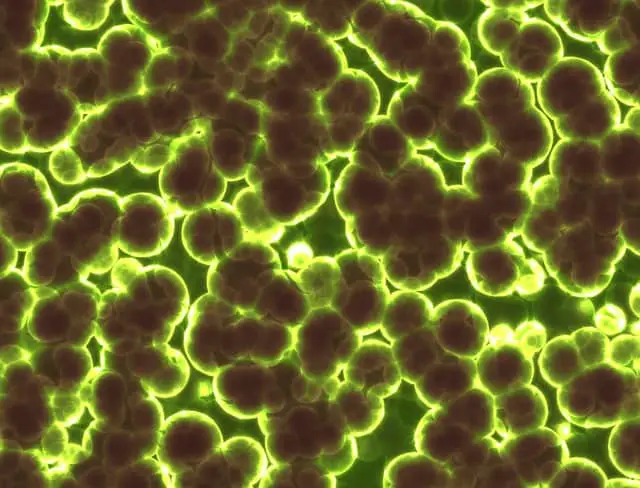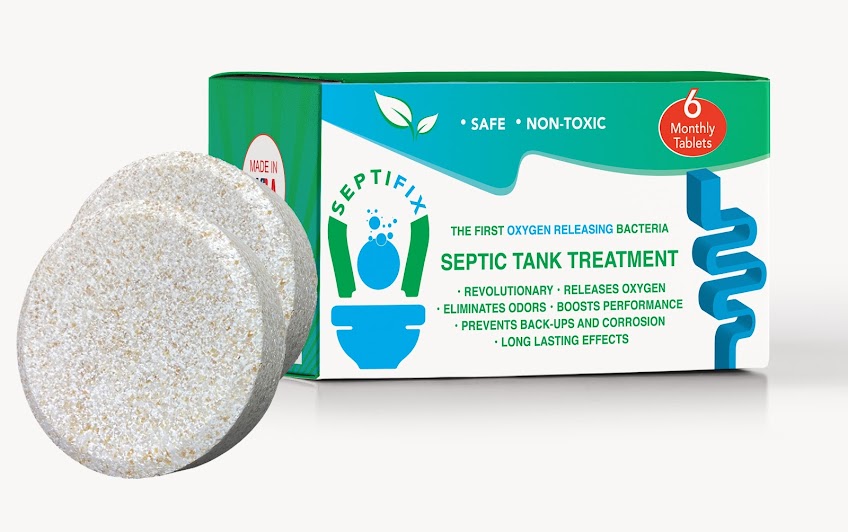Understanding The Different Types Of Septic Systems
There are different types of septic systems with different categories. The common category follows function, but some other categories take into account material. The most common septic tank systems include:
- gravity flow septic system
- chamber septic systems
- drip distribution septic systems
- advanced treatment septic system
- recirculating sand filter septic system
- mound septic systems
- evapotranspiration septic systems
- constructed wetland septic systems
- community septic systems
As you can see, there are numerous function categories for septic tanks. Each of these septic tanks offers a different advantage for your home. Let’s take a look at the more common systems for your home.
Gravity Flow Septic Systems
Gravity flow septic systems use a standard combination of the septic tank, gravity drainfield area, and soil under the drainfield itself. This system creates a cycle of moving waste material to the underlying soil, feeding it with wastewater.
With gravity flow systems, the septic tank will separate the solids from the liquids. This system allows for solid layers to fall, liquid layers to stay in the middle, and scum layer on top. For every gallon of wastewater that comes in, a gallon of wastewater comes to the drainfield.
With this system, solids build up over time but break down with bacteria. The drainfield accepts the liquid overflow, then distributes the wastewater in perforated pipes. These pipes have beds or trenches filled with gravel in the soil.
The wastewater will start to drip down into the gravel layer and then to the soil for final treatment. The soil performs the final treatment and filtration, where processed wastewater returns as groundwater.
Chamber Septic Systems
Chamber systems are septic tank systems with a gravel-free drainfield. They tend to be among the older septic systems out there, replacing the original tanks with gravel drainfields. Chamber systems are easier to build, and you can manufacture them with recycled materials. How does it work?
With the chamber system, the drainfield consists of different pipes that carry wastewater straight to the soil. These connect via a distribution box that handles the flow of effluent. The soil will then have microbes that will process the effluent, foregoing the gravel.
The chamber system has a lower carbon footprint than standard gravity tanks. The entire septic tank system has soil surrounding it, putting the unit at least 4 inches (10 cm) below ground.
Chamber septic tanks also offer advantages in places where:
· gravel is a scarce resource
· plastic chambers and tanks are available
These kinds of systems offer an advantage to places with high groundwater tables too.
Drip Distribution Septic Systems
Drip distribution septic tanks are a variation of the chamber style system. Instead of big chamber tubes, drip distribution uses smaller but more numerous effluent dispersal tubes. These tubes allow for a wider movement of wastewater over a bigger space.
The advantage of drip distribution lies in its lack of need for a good amount of soil. Most drip tubes go under the soil for as deep as 6 to 12 inches (15.24 – 30.48 cm) into the soil. If you have a locale with bad soil quality of a high water table, this can help solve your problem.
The disadvantage of systems like drip distribution is the need for a large pump tank. This pump tank acts as a dosing tank that helps push a timed delivery of effluent to the tubes. By controlling the dose delivery, you prevent overflow. This system needs extra accessories and electrical power, which means more maintenance and expenses.
Advanced Treatment Systems or Aerobic Treatment Units
Advanced treatment systems follow the same processes used by municipal sewage systems. Known as Aerobic Treatment Units or ATUs, they are smaller treatment plants. How do they work?
A treatment tank receives an inoculation of oxygen from an aerobic system. This extra oxygen helps encourage more bacterial activity in the system. When combined with a pretreatment tank, you inject nutrients into the effluent. The wastewater then goes to a treatment or dispersal system.
Why use this? You can take advantage of an ATU if:
· you have a small lot
· a high water table
· bad soil conditions
· homes close to a body of water
As you can see, you would need to do consistent maintenance of this system for life.
Visit our State Directory For Local Septic Service Providers










